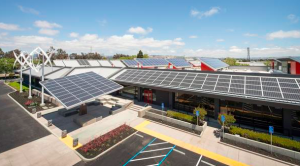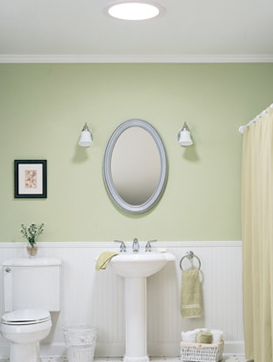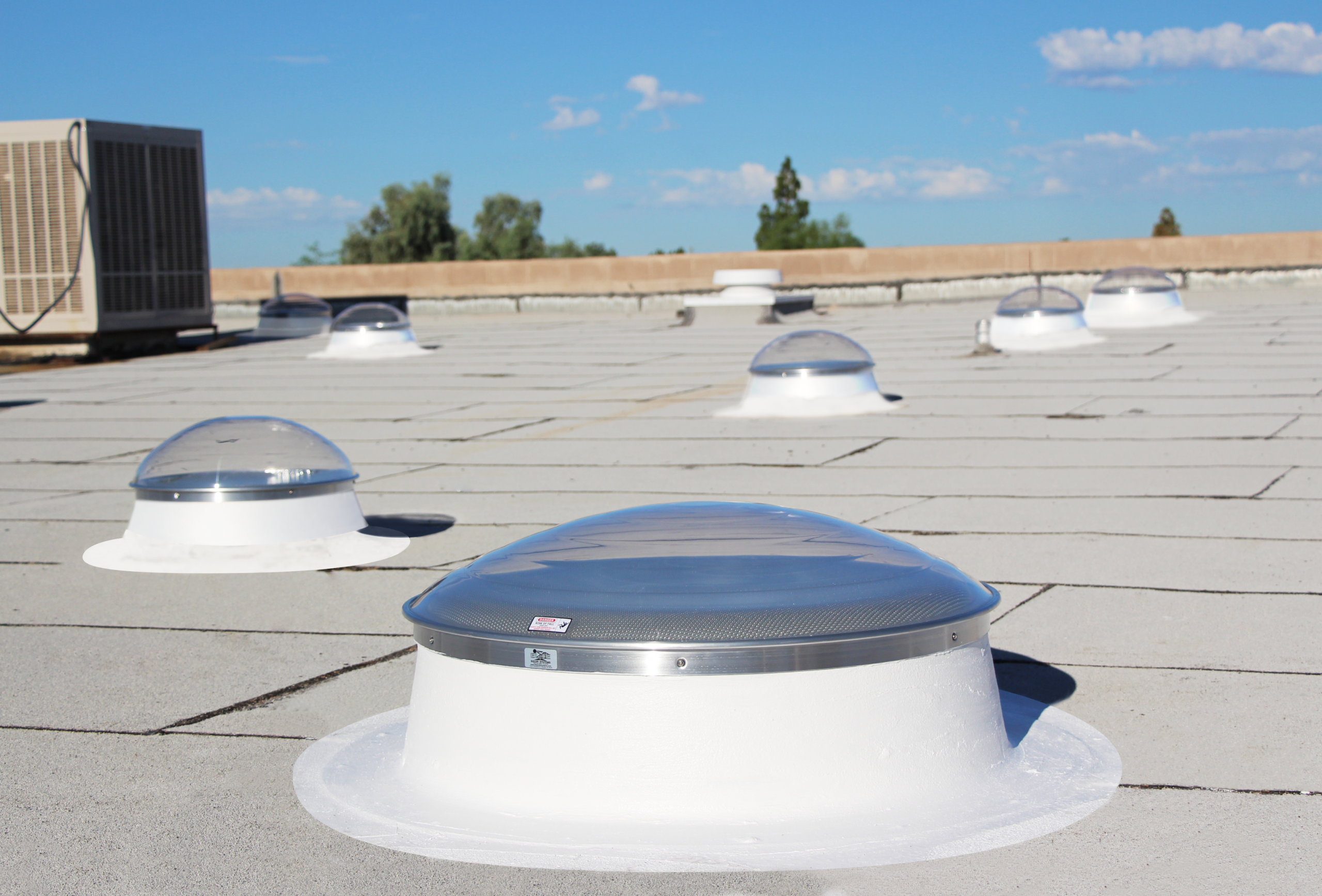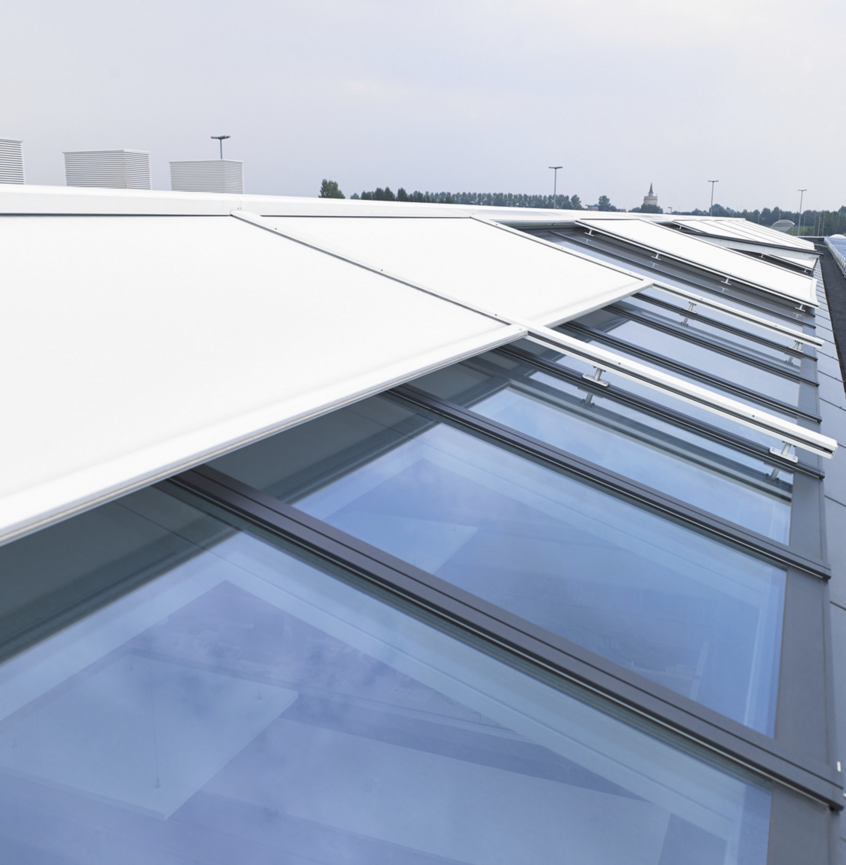With these design synergies, roof monitors can drastically reduce a building’s dependency on mechanical lighting and heating and cooling systems, as well as improve occupant comfort and health. For example, the IBEW/NECA Zero Net Energy (ZNE) Center, San Leandro, Calif., lowered its energy load by 75 percent with roof monitor retrofits, enabling the building to more affordably offset the remainder of its energy needs with renewable-energy systems. Because the ZNE center “designed down” its energy usage with monitors—rather than simply “powering up” with solar panels—this 1980s building became one of the first and largest commercial net-zero-energy retrofits in the U.S. and one of the only building projects to achieve this feat without exceeding traditional construction costs.
Given the immense benefits of appropriately designed roof monitors on a building’s health and operations, they can be a smart investment for single-story/open office buildings and should be seriously considered instead of—or in addition to—HVAC and lighting retrofits.
Climatic Analysis

IBEW/NECA Zero Net Energy Center, San Leandro, Calif., “designed down” its energy usage with monitors rather than simply “powering up” with solar panels. This 1980s building became one of the first and largest commercial net-zero-energy retrofits in the U.S. PHOTO: Chad Ziemendorf
Understanding how your building operates within your climate zone is critical to understanding what type of rooftop strategy would benefit your building. Climatic analysis relies heavily on incorporating climate data with thorough building energy modeling. Climate trends can be found through databases from the National Oceanic and Atmospheric Administration, Washington, D.C., or the National Renewable Energy Laboratory, Golden, Colo. Synthesizing climate trends into the model ensures it is tuned to the building’s operations year-round.
In addition to energy modeling, daylight modeling is important to analyze the geometry of roof monitors. The frequency and spacing of the monitors must be carefully designed to provide appropriate daylighting for the internal layout and thermal-comfort requirements.
Daylight utilization also can passively heat and cool a space when coupled with thermal mass. Thermal mass helps level temperatures and maintain consistency to reduce the burden on mechanical heating and cooling systems. Especially in climates with more extreme diurnal temperature differentials, capturing and storing thermal mass for distribution during the opposing temperature extreme can substantially lower energy usage. For moderate to warm climates, north-facing monitor glazing is generally ideal for mitigating temperatures on hot days. In colder climates, south-facing glazing with carefully sized overhangs can offset heating demand. Combining daylighting through monitors with mechanical systems and/or geothermal can drastically improve the performance of your building while reducing wear and tear and, therefore, lengthening the life of your building systems.
In extreme climates, thermal performance of a roof system remains an important consideration. However in most climates, infiltration compromises thermal performance exponentially more than the R-value or U-value of building insulation. Using triple glazing with suspended film on roof monitors is an effective strategy for large glazed areas in excessively cold environments. These materials will protect the thermal integrity of a building during extreme weather and, in most climates, still will outweigh the cost of HVAC systems given the passive benefits reaped during times of moderate and ambient temperatures. Another option for more aggressive heating and cooling climates could be to downsize roof monitors or use tubular skylights to reduce the penetration impact and maintain better insulation. These options should be carefully designed and planned in accordance with a building’s local climate.
Existing Conditions
After analyzing the building’s local climate, its existing infrastructure and occupancy conditions should be analyzed to determine rooftop utilization design synergies. Consider the age and condition of the building, the nature of the retrofit, and the building and occupancy type.




Be the first to comment on "Rooftop Alterations, Like Skylights and Roof Monitors, Can Drive Building Value and Performance"